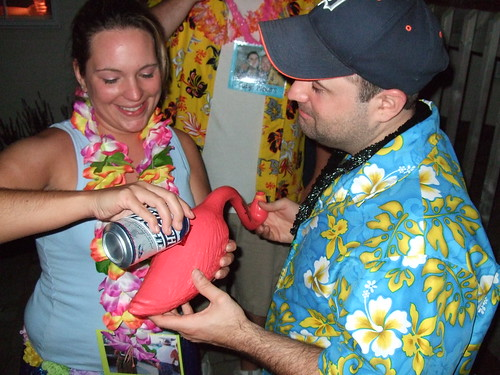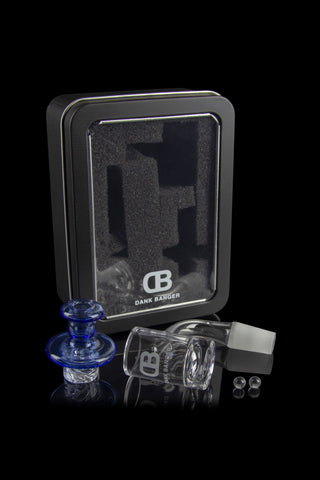A bong is a device that is used to smoke herb or tobacco by filtering and cooling the smoke through water. Bongs are also known by other names, such as water pipes, bubblers, bingers, or billys. Bongs have been around for centuries, and they come in different shapes, sizes, and materials. But how do they work, and what are their benefits and risks? Let’s find out.
How does a bong work?
A bong consists of a few basic parts: a bowl, a stem, a chamber, and a mouthpiece. The bowl is where you put the herb or tobacco that you want to smoke. The stem is a tube that connects the bowl to the chamber, which is the main body of the bong. The chamber is partially filled with water, which acts as a filter and a cooler for the smoke. The mouthpiece is where you inhale the smoke from the chamber.
When you light the herb or tobacco in the bowl, it combusts and produces smoke. As you inhale through the mouthpiece, the smoke travels down the stem and into the water in the chamber. The water bubbles as the smoke passes through it, creating a percolating effect that cools and moistens the smoke. The cooled and filtered smoke then rises up from the water and into your mouth and lungs.
What are the benefits of using a bong?
Many people prefer using a bong over other methods of smoking herb or tobacco because of the following reasons:
- A bong provides a smoother and creamier hit than a joint or a pipe. The water cools down the smoke, making it less harsh on your throat and lungs.
- A bong can enhance the flavor and aroma of your herb or tobacco. The water helps to remove some of the impurities and tar from the smoke, leaving behind more of the natural terpenes and cannabinoids that give your herb or tobacco its unique taste and smell.
- A bong can conserve your herb or tobacco. Because you get more smoke per hit from a bong, you can use less material to achieve the same effect as smoking from a joint or a pipe.
- A bong can be customized to suit your preferences. You can choose from different types of bongs, such as glass, ceramic, metal, or bamboo. You can also add accessories to your bong, such as ice catchers, percolators, ash catchers, or diffusers, to further improve your smoking experience.
What are the risks of using a bong?
While using a bong may have some advantages over other smoking methods, it also has some drawbacks and dangers that you should be aware of:
- A bong can still harm your lungs. Even though the water filters out some of the toxins and carcinogens from the smoke, it does not eliminate them completely. Smoking from a bong can still expose you to tar, carbon monoxide, and other harmful substances that can damage your lung tissues and blood vessels.
- A bong can increase your risk of infection. If you share your bong with others, you may transmit or contract germs and diseases through saliva or contaminated water. Bacteria and mold can also grow in your bong if you do not clean it regularly.
- A bong can make you overdo it. Because a bong delivers more smoke per hit than other smoking methods, you may end up consuming more herb or tobacco than you intended. This can lead to unpleasant side effects such as coughing, nausea, dizziness, paranoia, or anxiety.
- A bong can be hazardous if not used properly. If you use too much water in your bong, you may end up inhaling water instead of smoke. If you use too little water in your bong, you may burn yourself with hot smoke. If you use plastic or metal parts in your bong, you may leach chemicals like BPA or phthalates into your smoke.
Conclusion
A bong is a device that is used to smoke herb or tobacco by filtering and cooling the smoke through water. Bongs have been around for centuries, and they come in different shapes, sizes, and materials. Bongs have some benefits over other smoking methods, such as providing smoother hits, enhancing flavor and aroma, conserving material, and allowing customization. However, bongs also have some risks that you should consider, such as harming your lungs, increasing your risk of infection, making you overdo it, and being hazardous if not used properly. If you decide to use a bong, make sure you do so responsibly and safely.
References:





